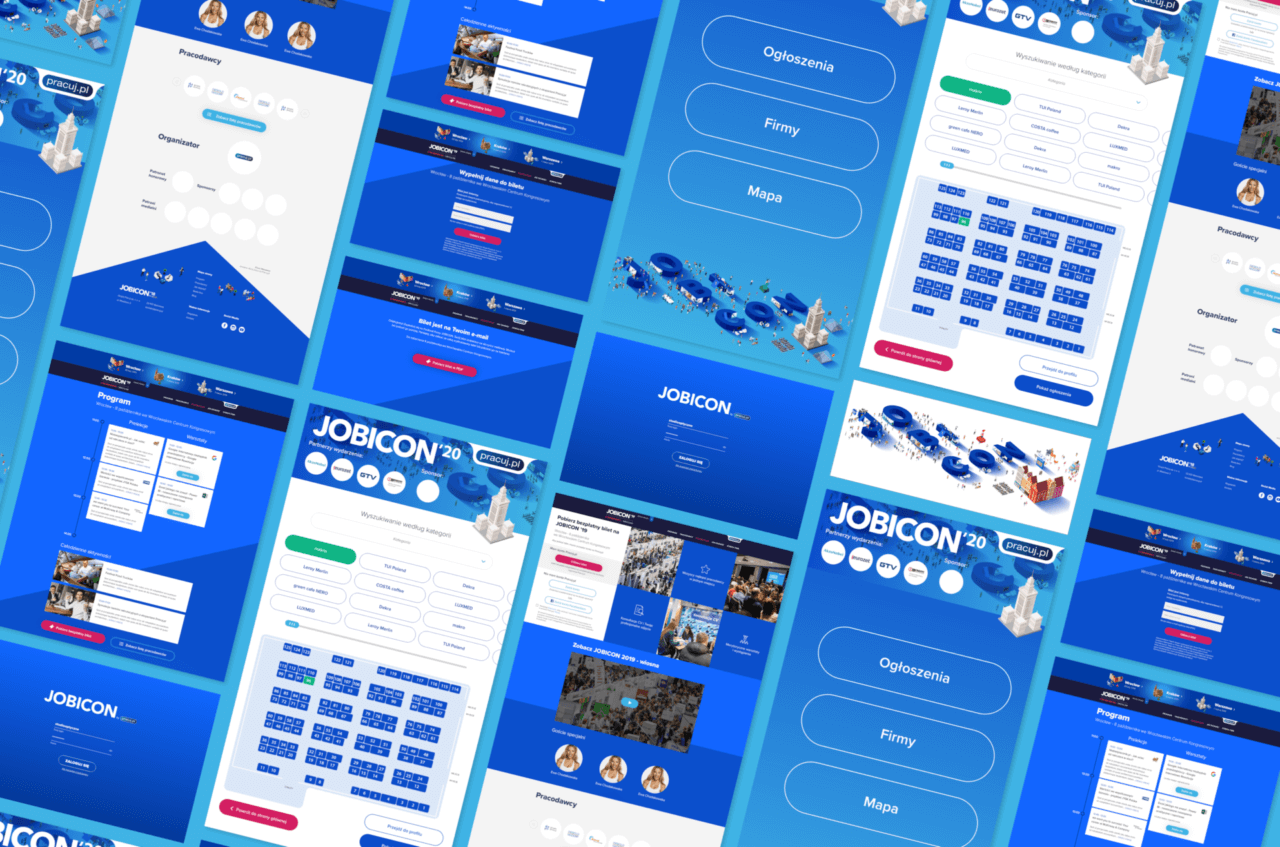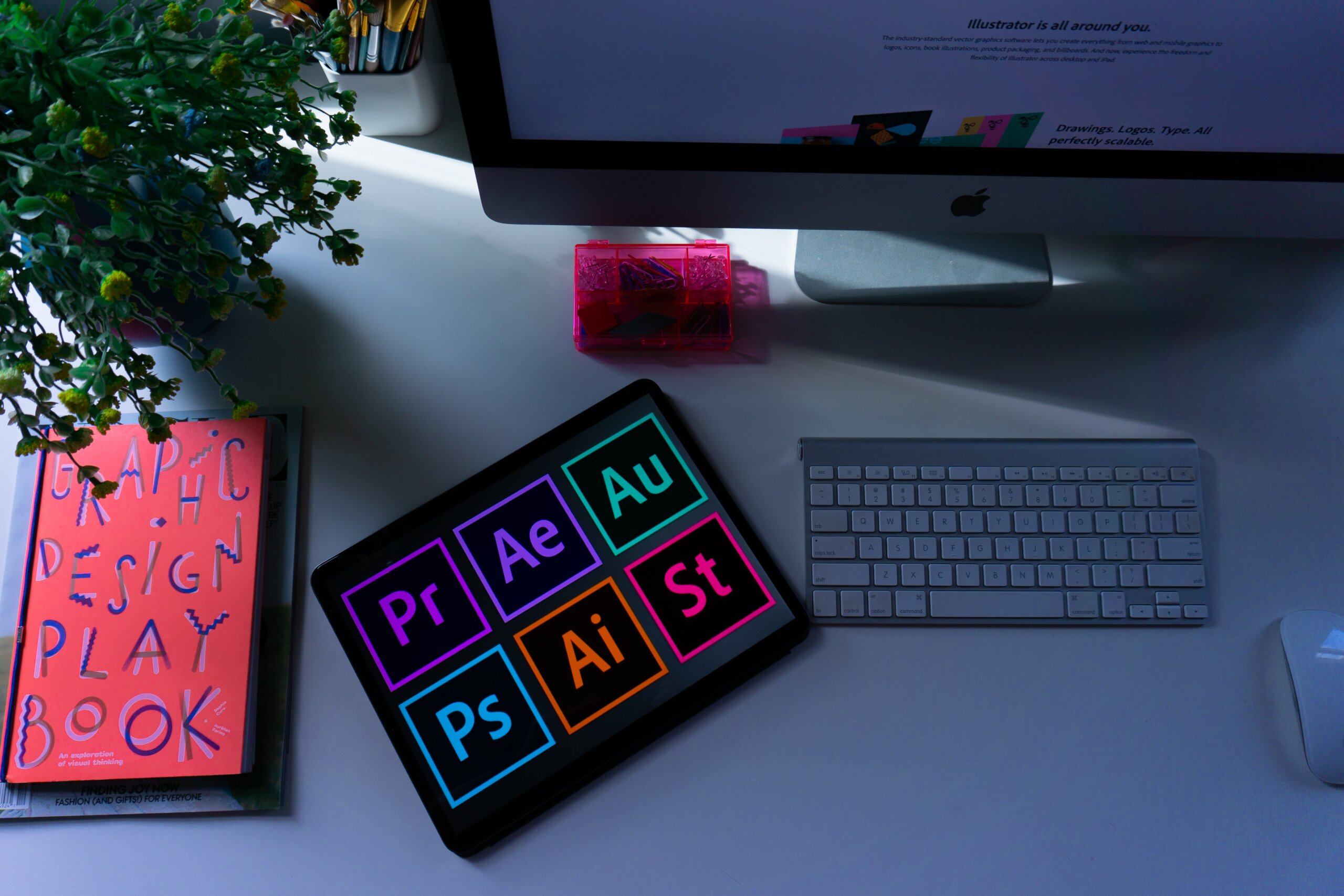Tips for using UX UI design to build a software that users want to use
User experience (UX) and user interface (UI) design are crucial components of software development. They determine how easy and enjoyable it is for users to interact with a product, and ultimately, how successful that product will be in the marketplace. In this article, we will discuss the importance of UX and UI design from a business perspective and provide tips for building software that users will want to use.
First and foremost, it is important to understand that a positive user experience leads to increased customer satisfaction and loyalty. When users enjoy using a product, they are more likely to continue using it and recommend it to others. This translates to increased sales and revenue for the business. Additionally, investing in UI and UX design can save money in the long run by reducing the need for costly redesigns or updates.
In this article we focus on giving you hints of which elements are worth focusing on to build the software product people would love.
The content
1. UX research and its methods
2. Using prototypes
3. Test solutions with users
4. Deliver consistent UI
5. Build accessible products
6. Product for all devices
7. Have engaged UX designers in the process
8. The example of gaining users with UX
9. User-oriented product is the key
UX research
One key aspect of UX design process is user research. Conducting user research allows businesses to understand their target audience and gather insight into their needs, wants, and pain points. This information can then be used to inform design decisions and ensure that the final product meets the users’ needs. User research can take various forms, such as surveys, interviews, or focus groups, and it’s important to use the right method for the specific product or target audience. When the research is done well, it allows the product team to make data-driven design decisions, which increases the chances of creating a successful product.
Affordable UX research exists
The clients are often cautious about investing money in UX research for software development. However, it’s important to understand that not all UX research methods are expensive and time consuming.
One cost-effective way to conduct UX research is through online surveys. Surveys can be distributed to a large number of users at once, and they can be used to gather user feedback which can be a useful tip on how to reach user satisfaction.
Businesses can also rely on other forms of research, such as secondary research. It involves gathering information from existing sources, such as market research reports, while analytics involve gathering data from the software usage. This can provide valuable insights and it can be used to inform design decisions. So if you, as a stakeholder has an access to this type of data, don’t hesitate to use it and share with the UX designer and the development team.

Work on the best user flow
Bet on prototyping and wireframing as essential tools in the design process. They allow UX UI designers to quickly and easily test different design concepts and layouts, without the need for extensive development work. This ensures a more efficient and cost-effective design process, as well as allows for more opportunities to gather feedback from users. As a result, you can get fine-tuned user flow. Additionally, using wireframes and interactive prototypes make it easier for the development team to understand the design ideas and requirements, which can help to ensure a seamless final product.

Usability testing
Another important aspect of UI UX software development is usability testing. This involves testing a product with real users to gather informative feedback and identify any issues or areas for improvement. This way, you, and other stakeholders, as well as potential users can examine the crucial elements: user flow and user interface. This feedback can then be used to make necessary changes before the product is released to the development team. User testing is an essential step in the design process, as it allows the team to gather valuable feedback and improve the design before it will be passed to programmers.
A consistent user interface
When it comes to UI design, it is important to prioritize simplicity and consistency. A simple and consistent visual design makes it easier for users to understand and navigate the product. Needed coherency, the UI designer can achieve by using clear and concise language, consistent layout and visual design elements (such us icons), as well as intuitive navigational elements. Simplicity and consistency in UI design will make the users feel more comfortable, which is important for keeping them engaged and motivated to use the product. The simpler the design is, the more likely the user will understand the product, which will make them more likely to use it. Consistency in UI design helps users understand the product, and it is essential for building trust with them. It makes the product more predictable, which reduces the cognitive load on the user, and makes the product more efficient. And achieving this means a more likely scenario of obtaining benefits for the business.

Take care of positive user experience for all
Another important aspect of UI design is accessibility. Making sure that a product is accessible to all users, including those with disabilities, not only helps ensure compliance with legal regulations, but also helps to create a more inclusive and user-friendly product. Accessibility in UI UX software development process is essential for creating a product that can be used by all potential customers, regardless of their abilities. It’s important to understand that accessibility is not just about designing for people with disabilities but also for people who have different needs and preferences, such as older people, people with low vision, or people who use assistive technologies. Creating an accessible UX design solutions will increase the chances of reaching a wider audience, which is beneficial for the business.
heading instruction for the developer to code the site so the AT can read the information hierarchy and assist users in text reading.
At Software Things, we has quite good experience in building accessible software products. Check out our article where we explain what elements we focus on when following accessibility.


Responsive design means more actual users
Flexible and responsive design is becoming increasingly important as the use of different devices and screen sizes becomes more prevalent. A flexible and responsive design ensures that the product can be used on a variety of devices, including desktops, laptops, tablets, and mobile devices, without sacrificing usability or functionality.
For example, when designing a mobile app, it’s essential to take into account the smaller screen size and the need for touch-based interactions. When designing a web app, it’s important to ensure that it’s responsive and can adapt to different screen sizes and devices. Also, when designing a desktop app, it’s important to ensure that it’s easy to navigate and use with a mouse and keyboard. By considering the specific needs and constraints of different software types, businesses can create products that are tailored to the specific needs of their users.
Responsive design helps businesses to reach a wider audience and increase their potential customer base. Furthermore, it also makes it easier for businesses to maintain and update the product in the future, as they only need to develop and test one version of the product.

Keep UX designers engaged
Clear and transparent communication between UI UX designers and development team is essential for creating a cohesive and seamless final product. This involves ensuring that UX designers clearly communicate the design requirements to the development team, and that the development team provides regular updates on their progress. Additionally, it’s important for the design team to be involved in the development process to ensure that the final product meets the design requirements. By maintaining clear and transparent communication throughout the UX design and development process, the teams can work together to create a product that is both visually pleasing and functional.
Taking care of a good collaboration within the software development company is not obviously your task to do. However, it’s good to know what are the crucial parts of well-running software project. The more educated you are, the easier will be to keep an eye on good results.

Real case story – UX UI made a product succeed
One example of a company that has publicly announced a redesign of their digital product is the redesign of the Airbnb mobile app. In 2016, Airbnb redesigned their app with a new focus on helping users find and book the perfect place to stay. The company’s UX designers conducted extensive user research, including surveys, interviews, and user testing, to understand how the typical user interacts with the app during the user journey, and what pain points appear. Based on customer feedback, the team made changes to the app’s UX design process and consequently to its UI to make it more user-friendly and to incorporate new features such as personalized recommendations and improved search functionality.
The redesign also included a new, more appealing visual elements, which made it easier for users to find the information they needed and to book a stay. The new design also included a new color scheme, typography, and icons, which helped to create a more cohesive and consistent look and feel throughout the app.
After introducing the new user interface design, the user journey changed and app’s user engagement and retention rates increased significantly. Customers found the app to be more user-friendly and easy to navigate, which made them more likely to continue using it. Moreover, the app’s new features such as personalized recommendations, helped to attract more customers to the Airbnb platform.
Airbnb shared this redesign process and the results achieved in their official website, which can be found in this link and also in many other websites and articles from the tech industry, which illustrates how investing in UX-UI design can lead to a more successful and profitable digital product.
User oriented design is a key point to the success
The conclusion is clear – incorporating user-orientated ux ui design process into software development is a must-have to make the product succeed.
User-centered design is a design philosophy that focuses on meeting the needs of the users rather than the goals of the business. This approach puts the users at the center of the design process, and involves gathering feedback and input from users throughout the design process.
This helps to ensure that the final product meets the needs of the users and is more likely to be successful in the marketplace. Additionally, user-centered design can also help businesses to create a more loyal customer base, as users are more likely to continue using a product that they feel meets their needs.
Read more about

Contact
Benefit from a free consultation
Ready to turn your software idea into reality? Collaborating with us means benefiting from our experience, expertise, and cutting-edge technology to bring your vision to life. Simply share a few words with us about your idea, and our expert will reach out to ask the ring questions.


